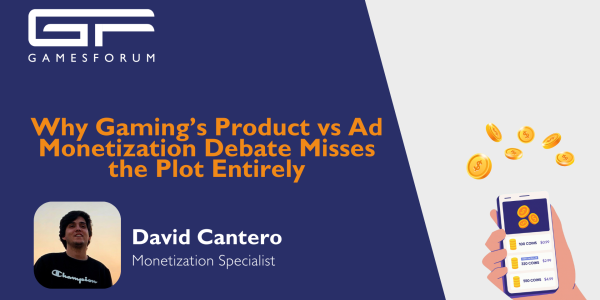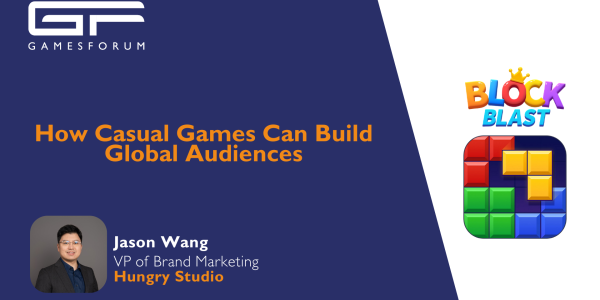Idle Wasteland Trades Old Problems for New Ones

Idle Wasteland byIronhorse Games is an idle tapper (or incremental game) set in a nuclear wasteland. The player character walks through irradiated swamps and poisoned forests fighting off mutants and mechanical monsters along the way. It’s clearly inspired by the atompunk aesthetic of early ‘90s post-apocalypse RPGs, like Wasteland and Fallout -- you’re taught how to play by a floating robot who emotes via an LCD screen, and the game’s various menus were clearly inspired by the Pip-Boy 2000 -- but despite looking like Fallout, Idle Wasteland plays mostly like your typical idle tapper with a few big changes that give it a feel all its own.
Familiar Gameplay with a twist
 Idle Wasteland is set in in a. Nuclear Wasteland
Idle Wasteland is set in in a. Nuclear WastelandOne issue I’ve found with traditional idle tappers is that, at some point, it becomes much more efficient to invest your money into the newest, most immediately powerful companions rather than upgrading the ones obtained earlier in the game. The main character, who is technically the first character you “obtain,” becomes largely useless -- once you’re far along enough in an idle tapper, you never have to actually tap again.
Idle Wasteland sidesteps this issue by removing companions from the game entirely. The focus is solely on improving your player character, which Idle Wasteland does with a levelling system that’s been pulled straight out of Runescape.
There are five character aspects that you can upgrade in Idle Wasteland: Strength, Salvaging, Crafting, Biomagic, and Hunter. Each of these aspects has their own level and experience meter, which can only be increased by performing specific, related actions. For example, you gain Strength experience by attacking enemies. Your character will automatically perform an attack at regular intervals (determined by his Attack Speed stat), but you can speed this up by tapping your screen. As you gain levels in the five aspects, you gain access to new passive buffs, powerful Biomagics, or special abilities that accelerate farming.
 Defeat your enemies
Defeat your enemiesYour character also has several characteristics that affect how quickly they defeat monsters in the game: Maximum Damage, Minimum Damage, Crit Chance, Resistance, Armor Penetration, and Attack Speed. Unlike the aspects, these can be directly upgraded by spending currency earned by defeating your enemies.
This system introduces balancing issues of its own, however. The Hunter and Biomagic aspects aren’t as important to making progress in Idle Wasteland, which is why those two aspects are under-levelled in both my accounts. Strength and Crafting are absolutely key to defeating monsters and gaining effective combat skills and buffs, so there isn’t much room for playing around with builds. This isn’t unusual for an incremental game, but if you’re an RPG player who likes experimenting with different setups, you’ll be disappointed in how linear the experience here is.
Additionally, since new upgrades are locked behind aspect levels, which are only gained by repeating actions over and over, power spikes are few and far between. This is a problem even quite early into the game. You’ll find yourself facing an undefeatable boss, and the only solution is to stop playing and come back in a few hours when, hopefully, you’ll have collected enough currency to upgrade your character’s damage and armor penetration enough to move onto the next stage.
Idle Wasteland's Monetisation
 Pay Up and Level Up
Pay Up and Level UpIdle Wasteland relies on rewarded video ads and in-app purchases for revenue. The game will regularly remind you about its in-game shop, and every few minutes you’ll get a small indicator offering a small reward and slight farming boost for watching a video ad. While certainly noticeable, these reminders are unobtrusive and remain off to the side of your screen, away from where the main action is.
One of the most important boosts you can get is actually hidden away in the settings menu and barely touched on by the tutorial robot. By watching three video ads, you can get a significant boost to your income, salvaging, and armor penetration which lasts for three hours. It’s the only part of the game’s monetisation model I interact with regularly since I don’t spend money on my mobile games and the rewards for the pop-up video prompts that appear during regular play are too small to be worth your viewing time.
Idle Wasteland is an idle tapper that breaks away from tradition, replacing established mechanics with interesting new ones. The Runescape-esque leveling system is a lot of fun to toy around with, even if the imbalances between aspects make for constricted, single-tone builds. Fans of the incremental games will find Idle Wasteland offers a refreshing take on a tried-and-true formula.
By Andi Nuruljihad for Gamesforum Online











